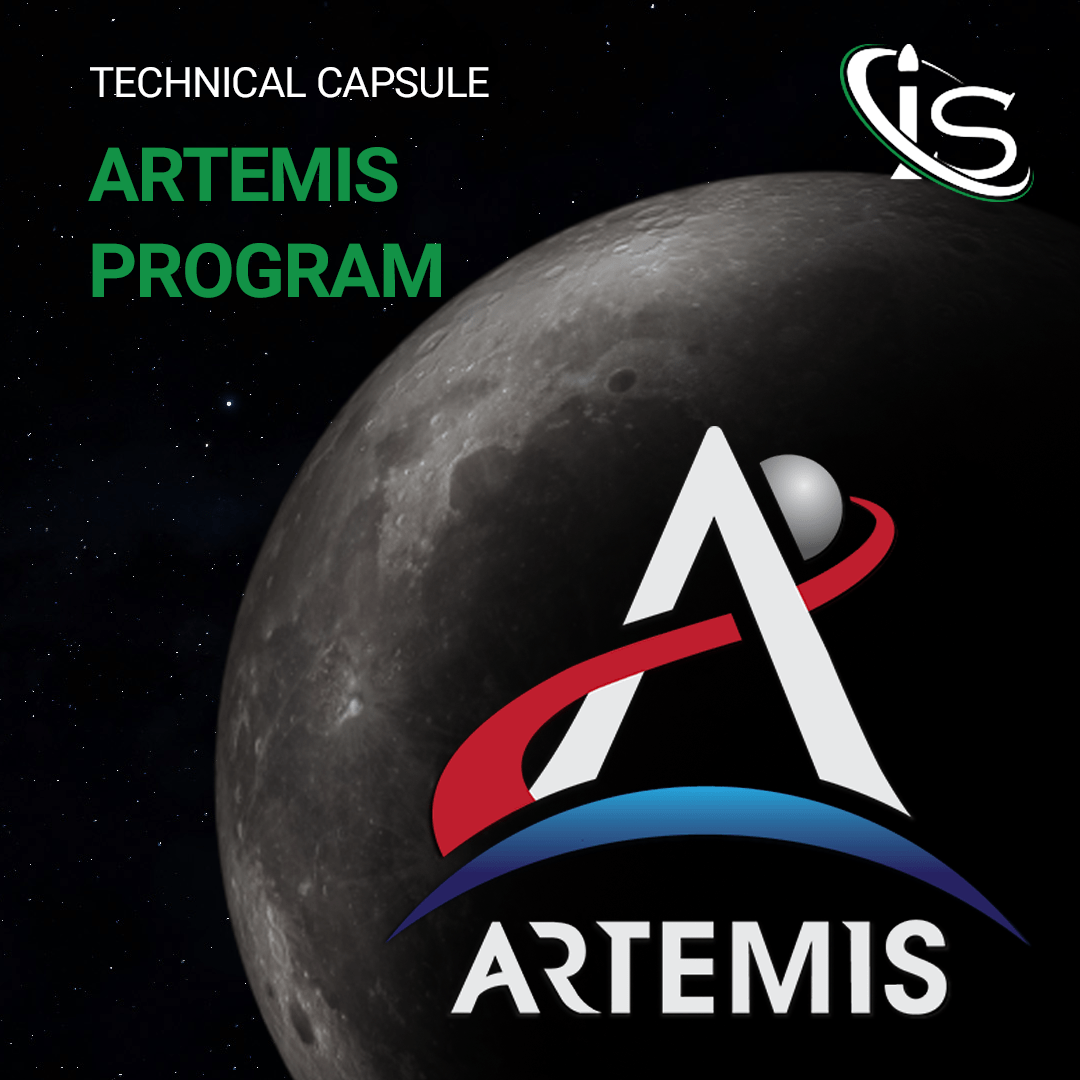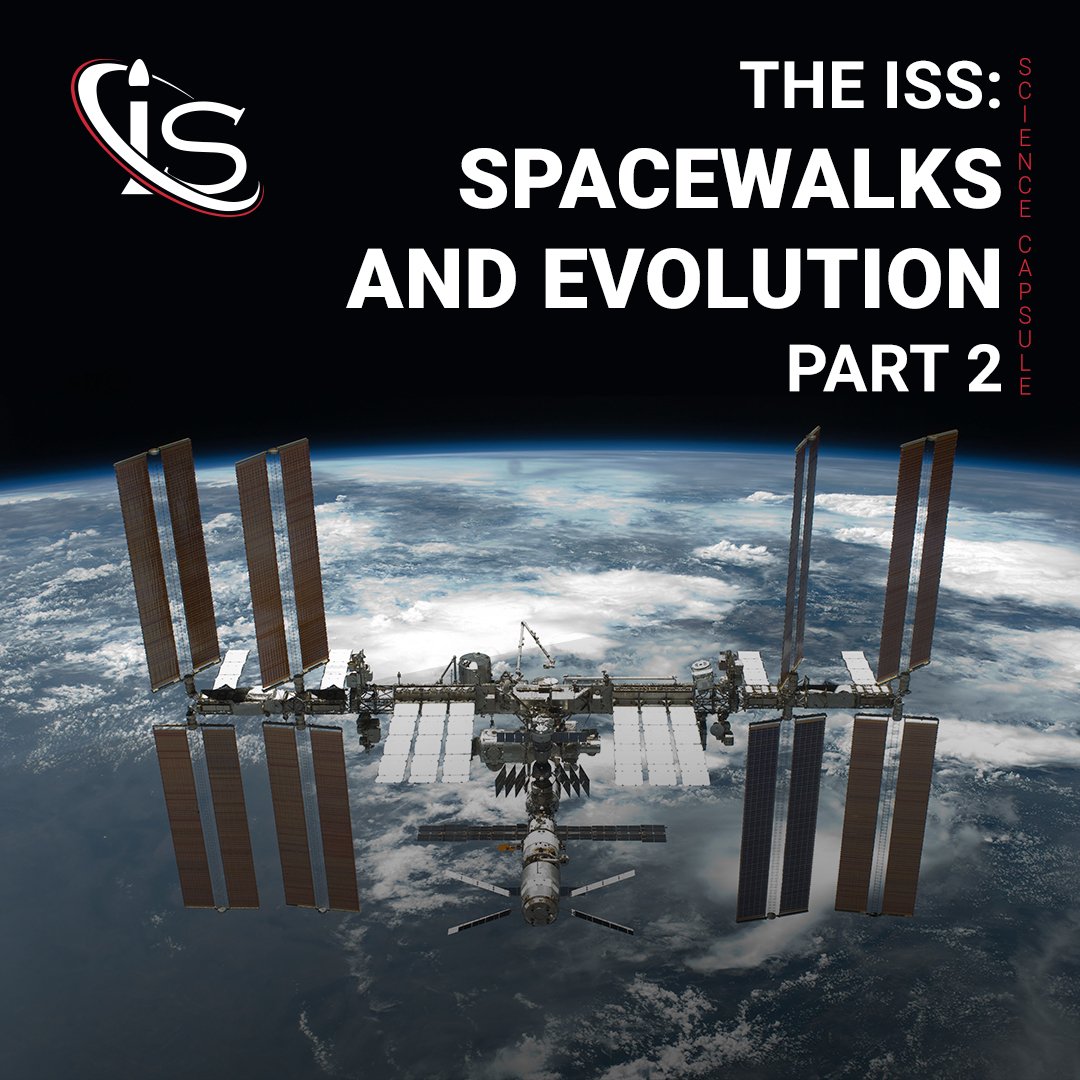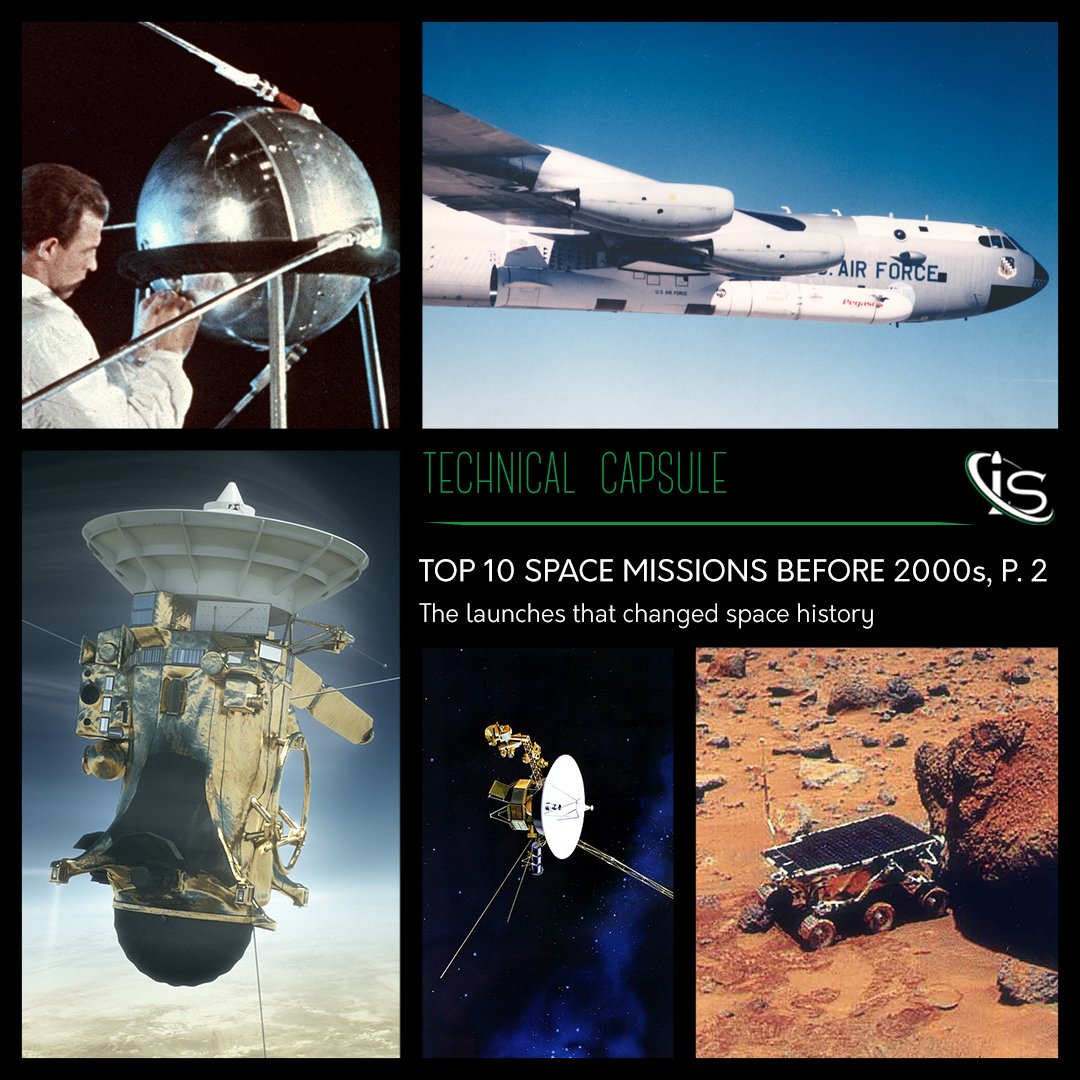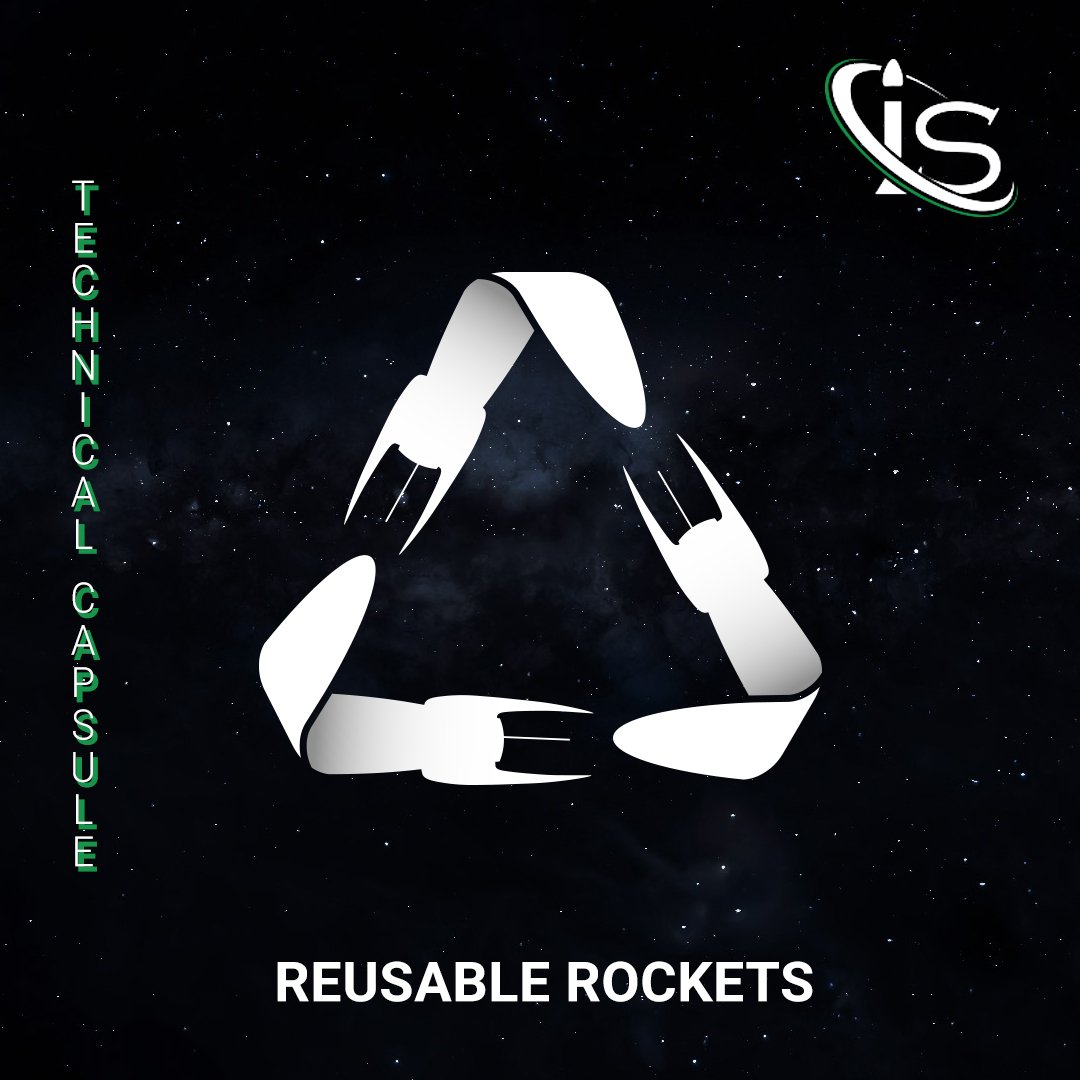It is time for another installment of our monthly historical milestones, meaning we are going to dive into another crucial moment for the space industry. And today’s subject is quite the special one, because we are talking about none other than Skylab, NASA’s first space station. Having launched on this day 41 years ago, this station was groundbreaking in its approach to space. While coming 2 years after the first space station, Salyut, Skylab was even more complex in its design. So, let’s take a look at how it all started with Skylab’s launch.
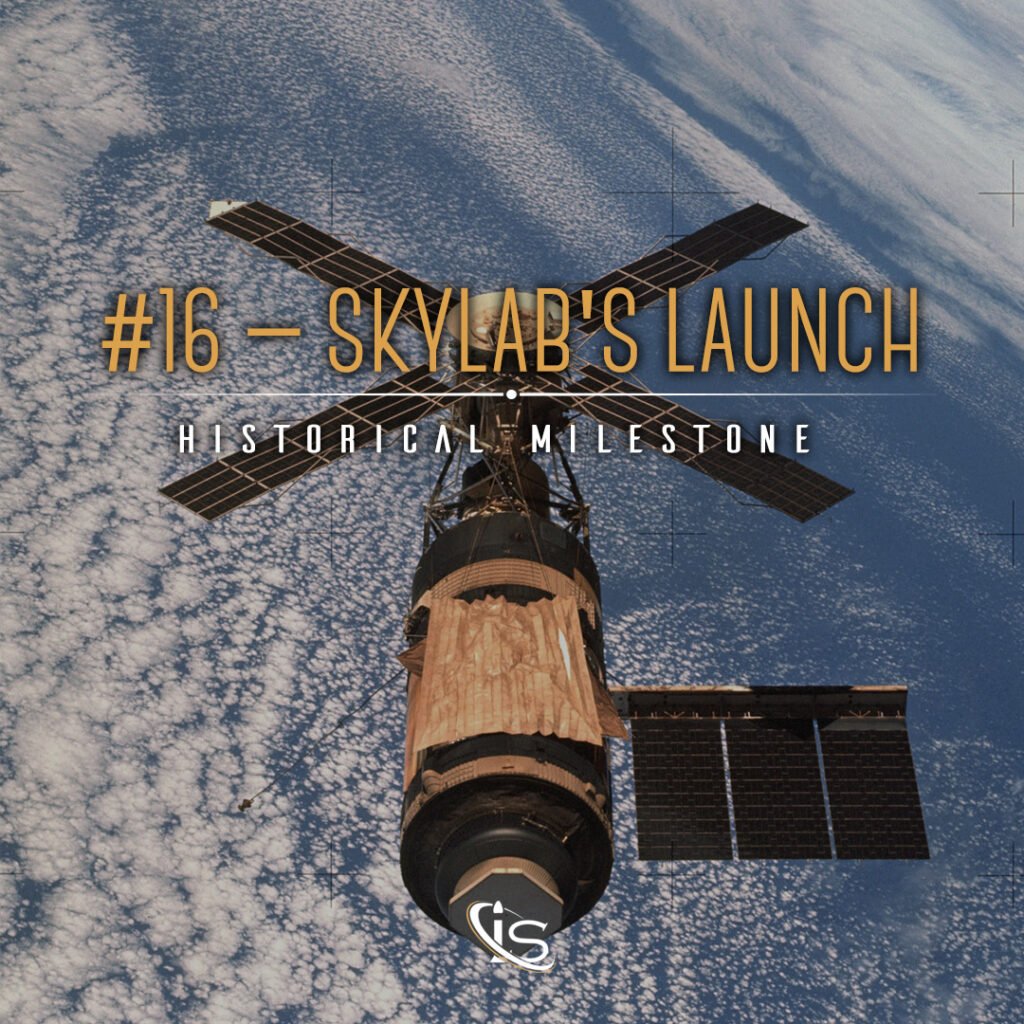
The Skylab Setup
Very briefly, let’s go over the components of the space station, as they will come up throughout this milestone. Skylab was divided into 4 main parts. The Orbital Workshop (OWS), the Airlock Module (AM), the Apollo Telescope Mount (ATM), and the Multiple Docking Adapter (MDA). One interesting fact to note here is that the OWS was converted from the upper stage of a Saturn rocket. This was also where the crew was going to be staying and contained a lot of the equipment needed for the station’s experiments. Its two large solar arrays were also responsible for providing Skylab with 12.4 kW of power. Another interesting tidbit about the space station is that it was also thought up with the idea to repurpose any of the unused Moon landing material.
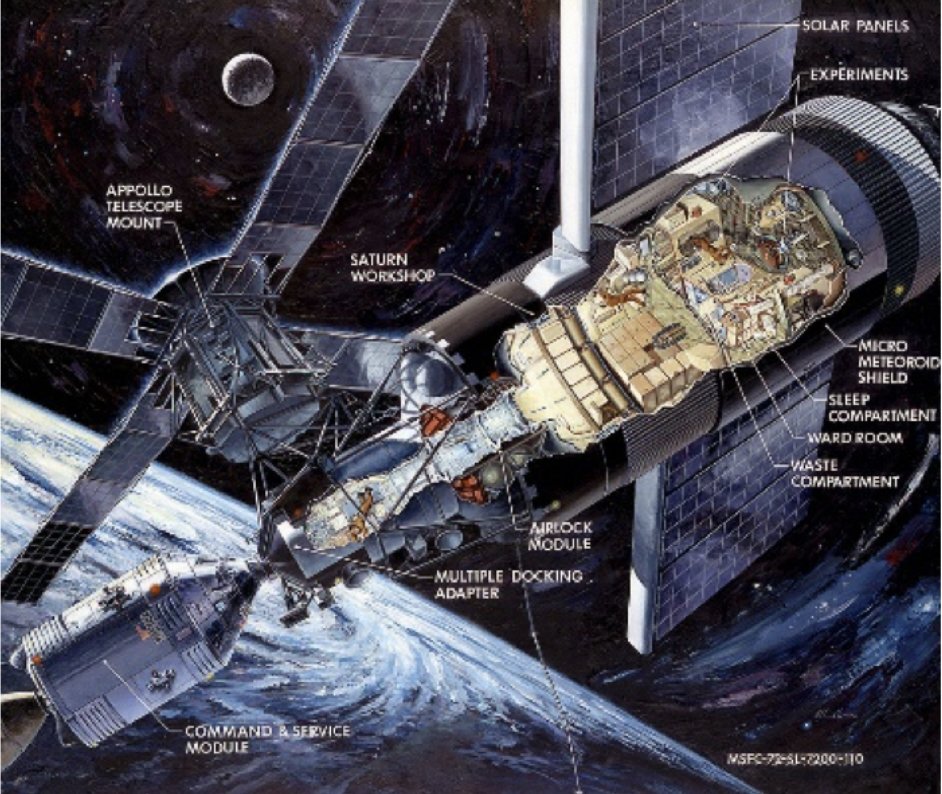
Skylab’s Launch
And now that the general layout has been established, let’s dive into what Skylab’s first launch was like. On May 14th, 1973, Skylab launched aboard a Saturn V rocket from the famous Launch Pad 39A at the Kennedy Space Center. Meanwhile, on Launch Pad 39B, Skylab 2 was sitting atop a Saturn 1B rocket, awaiting its launch scheduled for the next day. The latter was the mission tasked with getting the first crew up to the new space station.
Going back to Skylab’s launch, everything had started off normally, with the rocket taking off as planned. However, a mere 63 seconds in, problems started to arise. The telemetry indicated that at least one of the OWS’s solar arrays and the micrometeoroid had been deployed prematurely. Both of these should have only deployed once Skylab reached orbit. Instead, they were damaged on the journey up to space, causing NASA to start figuring out solutions for this unforeseen problem. In fact, once in orbit, one solar array was missing, while the other was jammed.
The main issue Skylab faced was twofold: generating enough power and controlling its internal temperature. Because the micrometeoroid shield was supposed to also act as a thermal blanket, the temperatures in the OWS were going to be too high for both crew and equipment. Unfortunately, the attitude to minimize the heat inside was directly opposite to the one that would maximize power. And with the arrays from OWS only generating 25 W of power, Skylab could not afford to ignore its energy issues. Therefore, after about a day, a decision was reached. Have Skylab adopt an attitude that would balance the two factors enough to have it survive until Skylab 2 arrived.
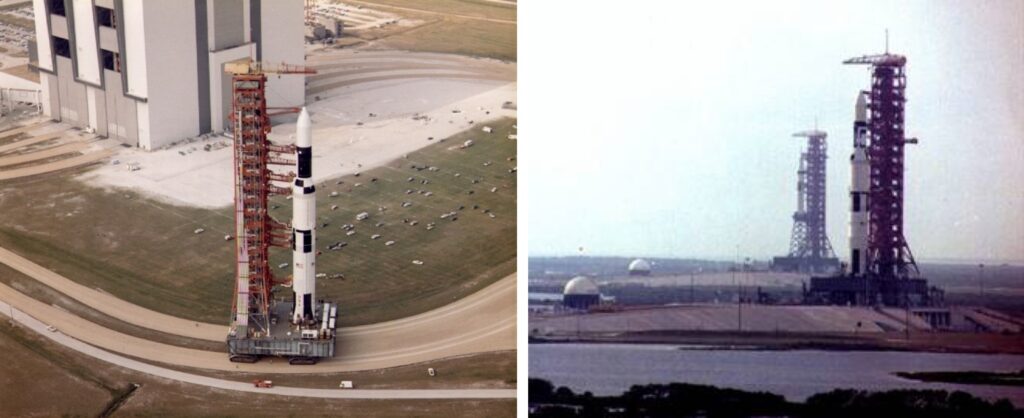
Another Skylab’s Launch to the Rescue
Due to the technical problems faced by the space station, the launch of Skylab 2 was delayed. First by 5 days and then by an additional 5. In the meantime, everyone involved at the Marshall Space Flight Center and Johnson Space Center was trying to find a way to save Skylab. So, when the time to launch Skylab 2 came, a plan had been envisioned to operate on the space station.
The crew that went up with this mission included Commander Charles “Pete” Conrad, Pilot Paul J. Weitz, and Science Pilot Joseph P. Kerwin. After arriving at the station on May 25th, the astronauts proceeded to deploy a parasol the next day. This allowed them to bring the temperatures to more comfortable ranges. However, they still had to figure out a solution to the biggest problem: Skylab’s lack of power. After unsuccessfully trying to free the jammed array upon arrival, the crew turned to another option. Performing a spacewalk to free the array and start fixing the power problem Skylab faced. And on June 7th, 1973, that is exactly what they did.
A Record-Breaking Walk
However, the spacewalk was anything but simple. The idea was to use a cable cutter on the end of a 25 ft pole to slice through the metal strap from the micrometeoroid shield. This was the piece holding down the solar array and preventing it from opening. While Conrad and Kerwin — the two astronauts partaking in the spacewalk — were able to cut the strap, the hinge of the array was frozen solid from space’s frigid temperatures. This meant they had to pull on the rope they had attached to the solar wing to try and overcome the frozen hinge.
The maneuver proved tricky, with the astronauts being initially pushed away from the space station once the array swung open. Fortunately, their tethers kept them from going off into space. When everything was said and done Conrad and Kerwin returned inside after 3 hours and 25 minutes. Not only was this the longest spacewalk ever done at the time, it remains the longest one ever to this day.
And with that, we end another historical milestone. There is a lot more that can be explored when it comes to Skylab, so I apologize if I skimmed over something of particular interest to you. However, please let us know if you would like to have a more in-depth look at the space station. We would be more than happy to revisit this topic in a future article. Until then, I hope to see you all back here for the next milestone.
